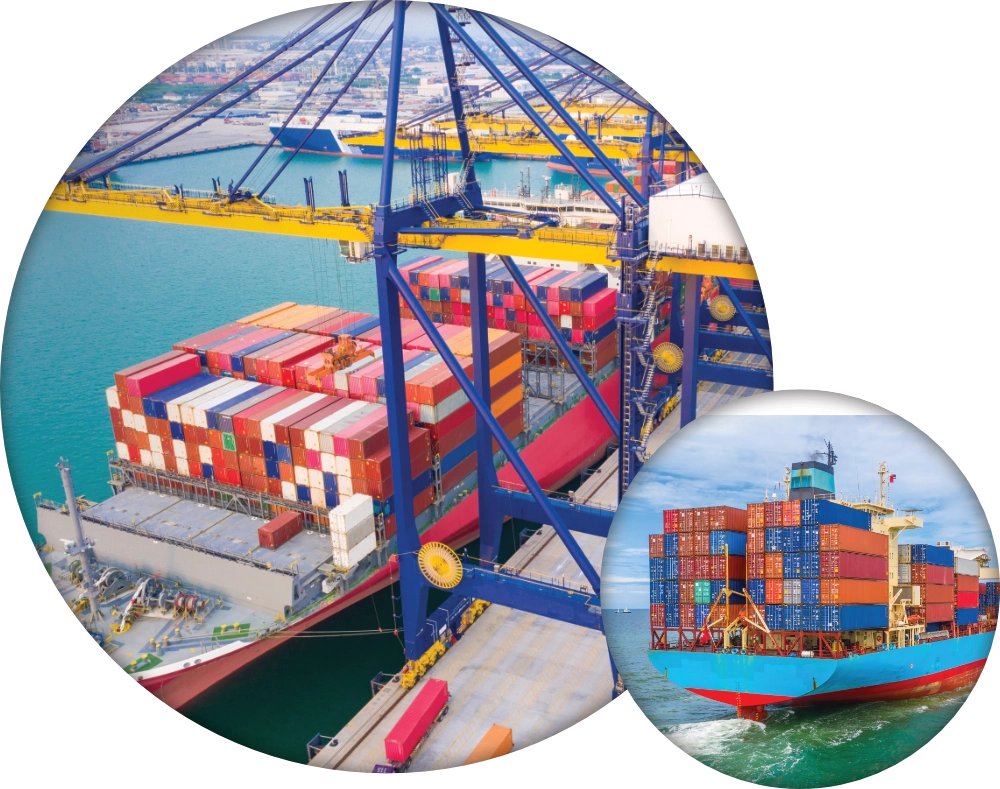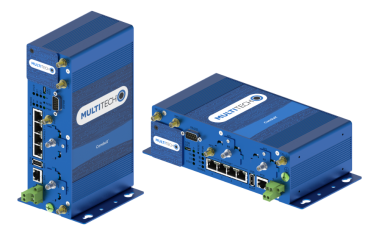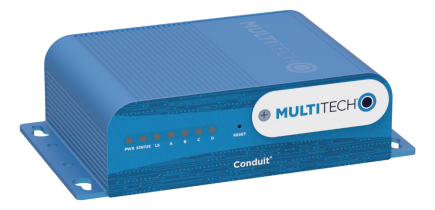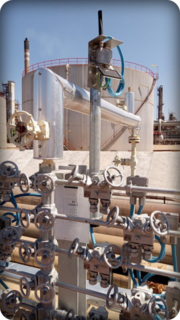End-to-End Global Monitoring of Reefer Shipping Containers
Share, email or print this Use Case
Background
 For most of us, heading to the store to pick up items on our grocery list is a simple task – jump in the car and go. Little thought is given to how these precious commodities end up in our grocery store, where they came from, or even how they were transported. In most cases it is a freight container, a reusable transport and storage unit, that moves products such as the flowers for your kitchen table, food, medicines and raw materials between locations or countries. These containers carry items from all over the world and are responsible for the items that ultimately end up in your neighborhood market.
For most of us, heading to the store to pick up items on our grocery list is a simple task – jump in the car and go. Little thought is given to how these precious commodities end up in our grocery store, where they came from, or even how they were transported. In most cases it is a freight container, a reusable transport and storage unit, that moves products such as the flowers for your kitchen table, food, medicines and raw materials between locations or countries. These containers carry items from all over the world and are responsible for the items that ultimately end up in your neighborhood market.
The freight container market has witnessed substantial growth in recent years, owing to the increasing demand for efficient transportation of goods across the globe and has emerged as a game changer in the logistics industry by providing a standardized and efficient transportation system for various goods. The market is classified into different types such as Dry Containers, Reefer Containers, Tank Containers, and others. Reefer containers are used for temperature-sensitive products and are currently experiencing significant growth – with reefer traffic in ocean shipping expected to grow at a 3.7% annual rate to reach 156 million tons by 2024!
“Reefer containers leverage terrestrial cellular networks to make their location, environmental readings, and alerts available in cloud applications whilst on land. These readings are generated and transmitted by IoT telematics devices and are now coming as standard as part of the refrigeration units.”
Ruth Concannon
Chief Operating Officer, Net Feasa
Challenge
There are four settings that must be monitored when shipping reefer cargo: temperature, ventilation, humidity and power. The technology to monitor these critical characteristics is transforming rapidly due to new innovations in IoT wireless technologies that ensure remote monitoring of these containers that are ‘on the move’.
Solution
With a market of over 6,000 container vessels, Net Feasa, a global technology company based in Dingle, Ireland and The Silicon Valley, is the one of the first companies to deploy commercial Wireless IoT Networks utilizing LoRaWAN® technology on container ships to monitor reefer container settings to achieve end-to-end visibility for the world’s shipping containers. In doing so, the company is triggering a monumental digital transformation. Clients can now ship their goods with actual direct visibility from end-to-end for the first time and coupled with data analytics and machine learning, further reduce costs, reduce the carbon footprint and deliver genuine data integrity and container security.

Benefits
A critical component to Net Feasa’s Vessel 4.0 global maximized IoT enclosure, is the MultiTech Conduit® Programmable LoRa® Gateway. The Conduit ensures IoT coverage (that’s global regulatory compliant) on board the container vessels for cargo monitoring, both on a vessel bridge and in the cloud. These IoT Gateways are installed, configured and tested at the Net Feasa manufacturing plant before being sent off to customers around the globe.
Benefits to the Net Feasa solution include a reliable, global & compliant IoT solution, automated container monitoring, real time monitoring & alerting and the ability to upgrade from legacy solutions e.g., powerline. The Vessel 4.0 solution also offers real-time seamless transition between international regulatory spectrums allowing networks to remain compliant as vessels move around the globe from port to port.
For Net Feasa, the MultiTech Conduit gateway drives their cellular offering enabling all smart refrigerated containers. “Being a “wireless agnostic” company, we were able to evaluate multiple RF technologies before ultimately deciding upon a dual LoRa and Cellular network for our Vessel 4.0 solution,” continued Concannon. “LoRaWAN is best suited for on-vessel asset monitoring as it is designed for IoT use cases, supporting vessel-wide coverage, signal penetration and low power RF interfaces.” Vessel 4.0 is device agnostic (supporting all IoT devices) and supports multiple radio technologies.
MultiTech’s technical and support teams as well as their global, industrial grade IoT hardware, able to survive in any maritime environment, was a contributing factor in Net Feasa’s decision to purchase MultiTech products. “Our confidence in working with MultiTech in other verticals, and working with their technical teams, left us sure that this is a vendor we could rely on now and in the future,” said Concannon. “Early experience with MultiTech’s support team left us impressed with their responsiveness and ability to quickly recognize and resolve problems in the field as required.”
“By integrating MultiTech’s equipment with Net Feasa’s, we were able to bring to the market the first global on-vessel IoT network,” continued Concannon. “LPWAN technologies are best suited for on-vessel asset monitoring as they are designed for IoT use cases, supporting excellent coverage, signal penetration and low power RF interfaces that can extend device battery life for multiple years, when compared to traditional (2G/3G) cellular technologies.”
“Our confidence in working with MultiTech in other verticals, and working with their technical teams, left us sure that this is a vendor we could rely on now and in the future. Early experience with MultiTech’s support team left us impressed with their responsiveness and ability to quickly recognize and resolve problems in the field as required.”
Ruth Concannon
Chief Operating Officer, Net Feasa
Outlook
Looking forward, Net Feasa believes real-time IoT visibility will become increasingly prevalent across container ships, driving the requirement of End-to-End, real-time visibility of the status of all containers. These new technologies will enable not only container monitoring but also fuel level and pump monitoring, engine performance/predictive maintenance and smart lighting. As the dry container market starts to get connected, Net Feasa’s own product, IoTPASS, is LoRa enabled to connect seamlessly to both port & vessel networks giving shipping lines full end to end visibility of their entire container fleet for the first time. LoRaWAN will play a pivotal role in this growth, as ports generally suffer from poor cellular coverage and congestion, LoRaWAN technology is primed to address these blackspots.




